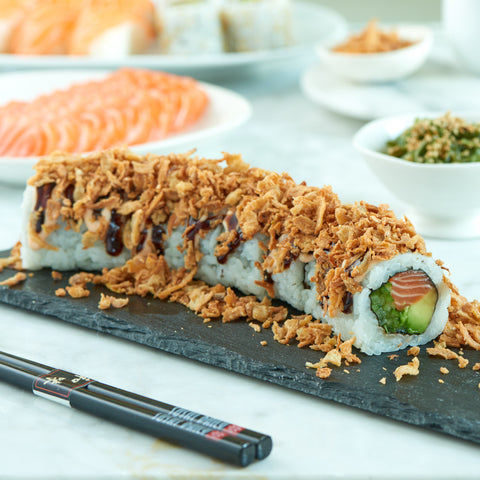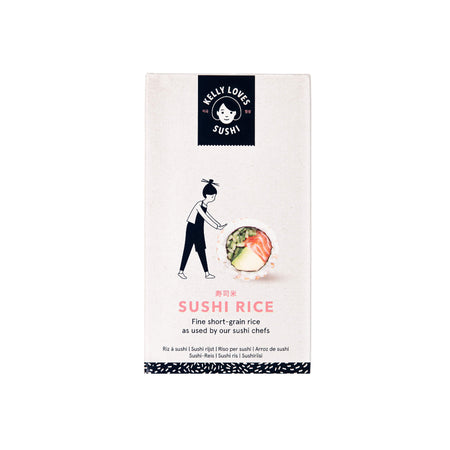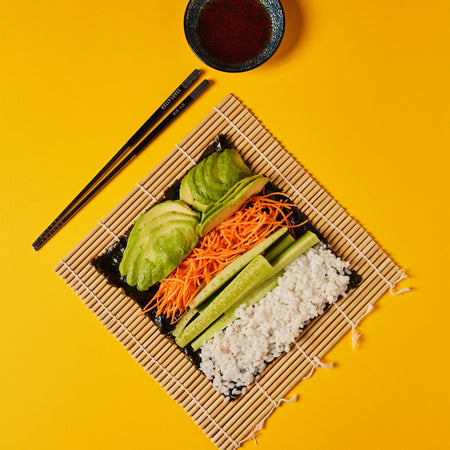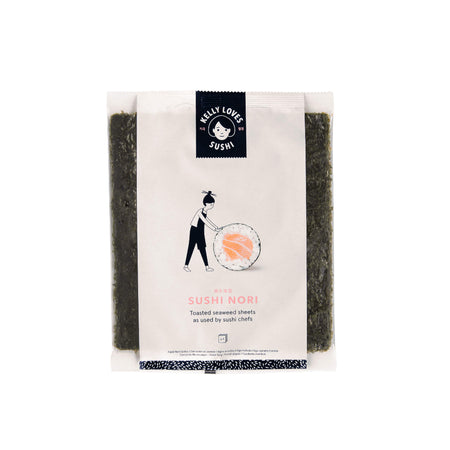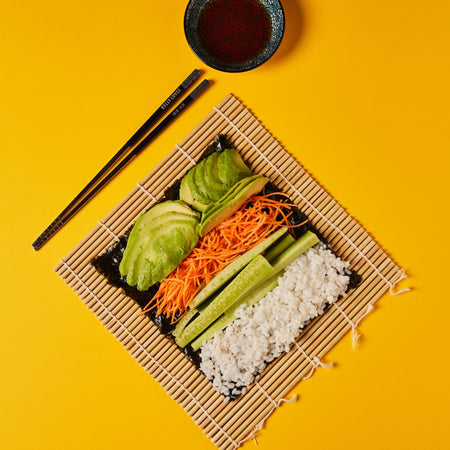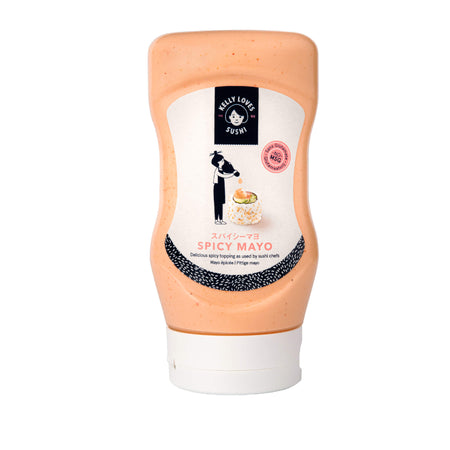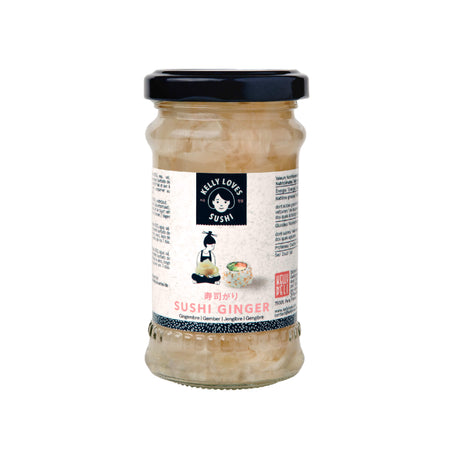What’s the difference between sushi and sashimi?

In a Japanese restaurant, the menu will generally have both sushi and sashimi. Many people wrongly think that sashimi is a type of sushi. We explain the difference between sushi and sashimi so you can enjoy a wider range of different flavours and textures. Both are quite different — but equally delicious!
What is sushi?
The word ‘sushi’ refers to rice, not fish. ‘Sushi’ conveys the precise way that the rice has been prepared with wine vinegar. The rice sticks together so you can create sushi pieces with other ingredients added (raw or cooked seafood, vegetables or egg).
There are a number of different types of sushi, and the two most common types are maki (sushi rolls) and nigiri (an oval-shaped mound of rice with fish pressed on top). When making sushi at home, it’s a good idea to start by making sushi rolls.
What is sashimi?
As sashimi doesn’t contain rice, it’s not classified as sushi. The word ‘sashimi’ refers to thinly sliced raw fish or meat. ‘Sashimi’ roughly translates as ‘pierced body’, making reference to the raw fish and meat. The safest, sashimi-grade fish is used. Sashimi-grade is the highest quality, killed and put on ice as soon as it has been caught to keep it fresh (and avoiding a build-up of lactic acid).
Sushi vs sashimi
Are they both cooked?
No, sashimi is thinly sliced raw fish or meat, served without rice, while sushi is focused on the rice, with raw or cooked ingredients added.
As sashimi is raw fish or meat with no rice, it has to be eaten using chopsticks. Whereas sushi can be easily picked up and eaten with your fingers. And unlike sushi, sashimi is eaten without accompaniments (apart from soy sauce), so that the subtle flavour of the fish or meat can be fully appreciated.
What are common types of sushi and sashimi?
You’re most likely to taste the popular tuna and salmon sashimi at first, but mackerel, squid, octopus, sea bream and prawns are also common. Salmon eggs are another variety.
In the UK, the most common sushi you will see are: maki rolls (California, Philadelphia, rainbow rolls), nigiri (cooked prawn, raw salmon or sweet egg tamago) and uramaki (a more juicy filling than the maki roll as the seaweed is in between the filling and the rice). These popular types of sushi will be readily available to grab as part of a meal-deal on your lunch break.
Which one is healthier?
Generally speaking, sushi will have more carbs and calories compared to sashimi as it uses ingredients like mayonnaise, cream cheese and rice. But carbohydrates are part of a healthy diet and the body’s main source of energy, fuelling the brain, heart muscles, kidneys and central nervous system. Sushi also contains lots of nutritious vegetables. And both fish sushi and sashimi can be high in omega-3 fatty acids, an essential fat for the human body to stay healthy.
Sushi and sashimi are both freshly prepared with the highest quality ingredients, so no preservatives are needed and vegetables retain most of their vitamin content. So both sushi and sashimi are healthy foods in moderation, but sashimi might be preferable if you’re following a low carb diet.
We hope that we’ve helped you to understand the differences between sushi and sashimi. Rather than sashimi vs sushi, we recommend that you savour the taste of both, and next time you see a range of sushi and sashimi on a menu, explore some new flavours!
